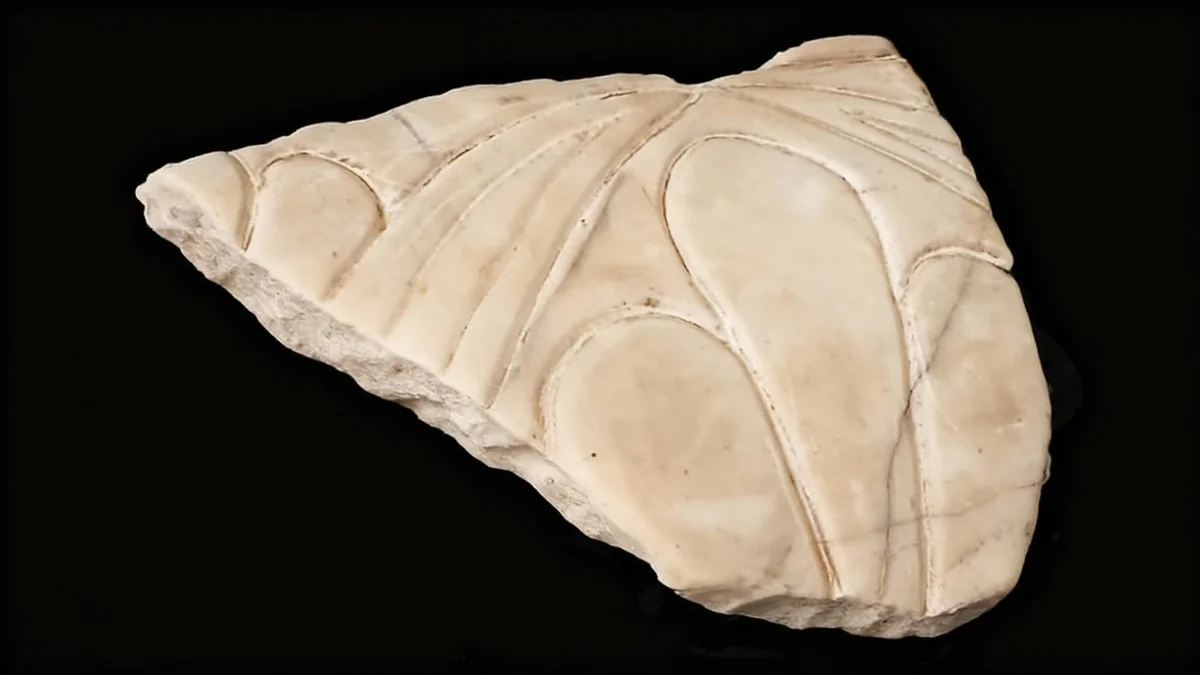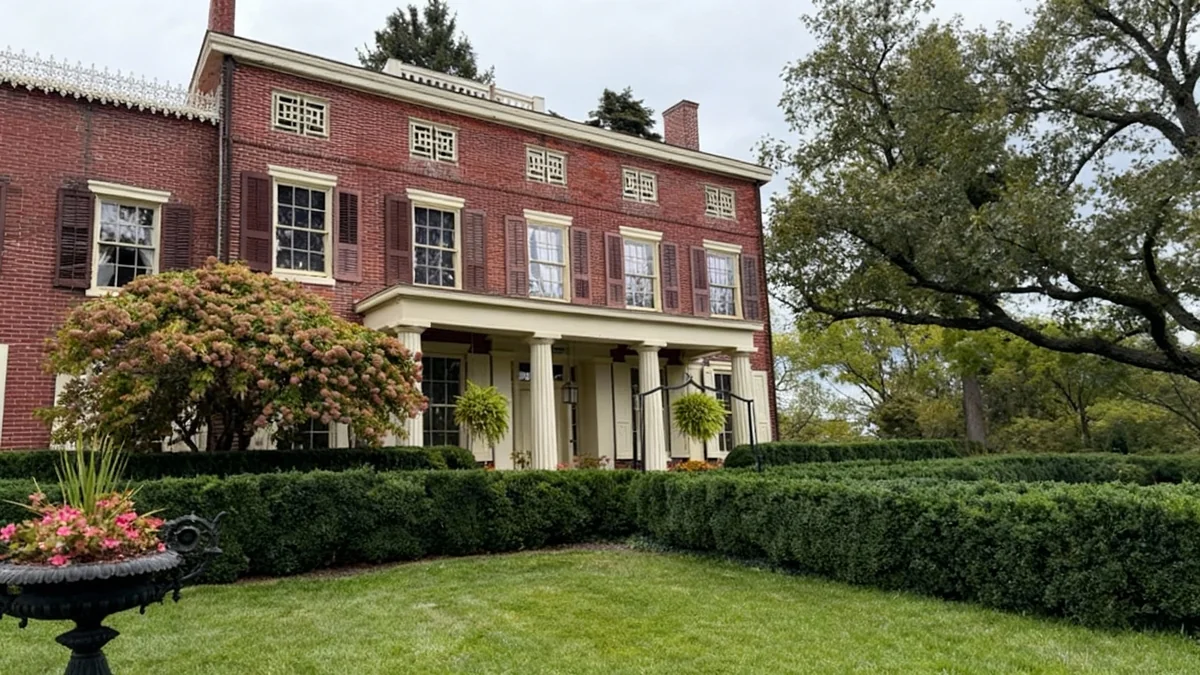LANSING – The Michigan State Capitol building is currently undergoing a significant restoration project focusing on its historic glass floor. This effort aims to return the floor to its original 1878 appearance, preserving a unique piece of 19th-century architecture and engineering for future generations.
Nearly 700 of the floor's 976 glass tiles are being replaced. This large-scale replacement follows a 2024 survey that found many existing tiles were thinner than the original specifications. The project is expected to conclude by the end of October.
Key Takeaways
- Michigan Capitol's glass floor, built in 1878, is being restored.
- Almost 700 of 976 glass tiles are being replaced with historically accurate replicas.
- The new tiles match the original 1-inch thickness, texture, and color.
- The project is scheduled for completion by the end of October.
- Michigan's glass floor is the largest and most complete of its kind among U.S. state capitals.
Restoring a Historic Architectural Feature
The Michigan Capitol's glass floor was a notable part of the building's original construction in 1878. It features 976 plate glass tiles set within a cast-iron frame. This intricate design was not solely for aesthetic appeal; it served a practical purpose in an era before widespread electricity.
Matthew White, director of facilities at the Capitol, explained the original intent:
"Back in the 1800s they didn't have electricity so the thought was it would help get additional light down to the lower level."This design allowed natural light from the dome to filter into the ground floor, illuminating areas that would otherwise be dark.
Interesting Fact
Michigan's glass floor is considered the largest and most complete of the eight state capitals that once featured similar architectural elements. This makes its preservation particularly important for national architectural history.
The Need for Replacement Tiles
A comprehensive survey conducted in 2024 revealed that approximately 700 of the 976 glass tiles were thinner than the original 1-inch thick pieces installed in 1878. It is believed these thinner tiles were replacements installed after a fire occurred on the Capitol's ground floor in 1931.
The decision to replace nearly three-quarters of the floor ensures that the entire structure adheres to its historic specifications. This attention to detail is crucial for maintaining the building's architectural integrity.
Crafting Accurate Replicas
The new glass tiles are being custom-made by Lucid Glass Studio, a specialized company based in Providence, Rhode Island. Their task involves creating tiles that precisely match the original materials, dimensions, texture, and color.
This meticulous process guarantees that the restored floor will accurately reflect its 1878 appearance. The studio's expertise in historical glass replication is vital for the success of this project.
Historical Context
The restoration of the glass floor follows another major project: the inner dome restoration completed in 2023. These efforts highlight a commitment to preserving the Michigan Capitol's historical features and ensuring its longevity.
Installation and Project Timeline
Lansing Glass Company is responsible for installing the new glass tiles. This local company views the project as a unique and historically significant undertaking.
Charlie Bigelow Sr., an employee with Lansing Glass Company, shared his experience:
"This is all new for us. No, we're usually up in the air in boom lifts and swing stages. We make history all the time."He made this comment while working on the floor with his crew on October 10.
The entire restoration project for the glass floor is expected to be finished by the end of October. This timeline suggests a focused and efficient effort to complete the work before winter sets in.
Beyond Function: A Tourist Attraction
While the glass floor originally served a practical purpose, it has also become a significant tourist attraction. Many visitors come to admire its beauty and unique design.
Tourists often lie on the tiles to get a unique perspective of the rotunda dome above. This interaction highlights the floor's dual role as both a functional architectural element and a beloved landmark.
- The floor attracts many tourists.
- Visitors often lie on the tiles for a view of the dome.
- It serves as an example of 19th-century craftsmanship.
Capitol Christmas Ornament Inspired by Restoration
The restoration work has also inspired this year's official Capitol Christmas ornament. Pieces of the damaged or replaced glass tiles have been recycled and incorporated into the ornament's design, creating a direct link to the ongoing preservation efforts.
These unique ornaments are available for purchase at $50 each. They can be bought in person at the Capitol building or online, while supplies last. This initiative allows the public to own a piece of the Capitol's history and supports future preservation projects.





